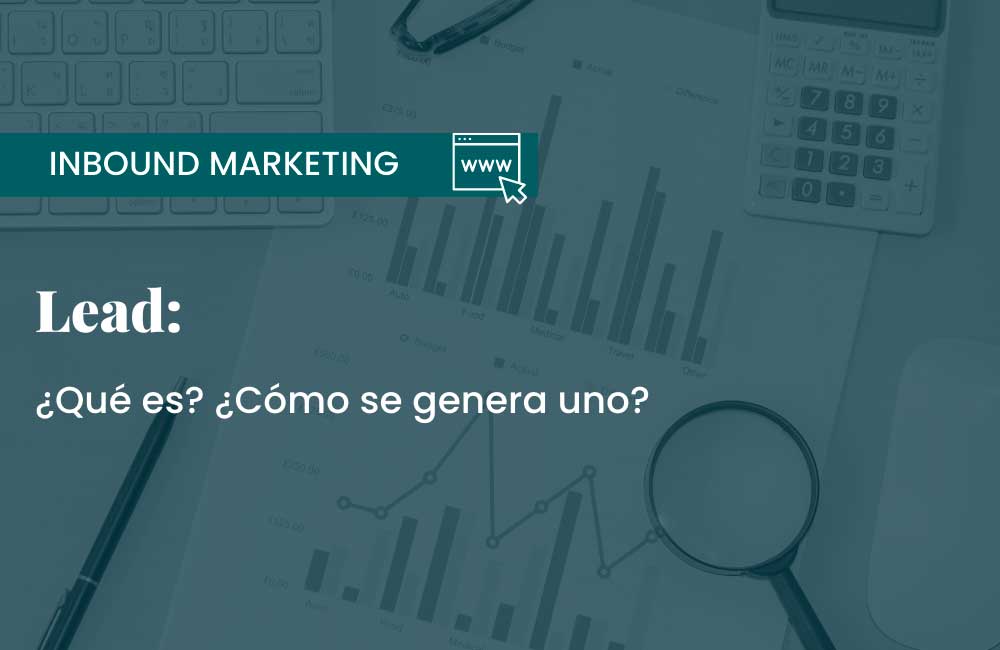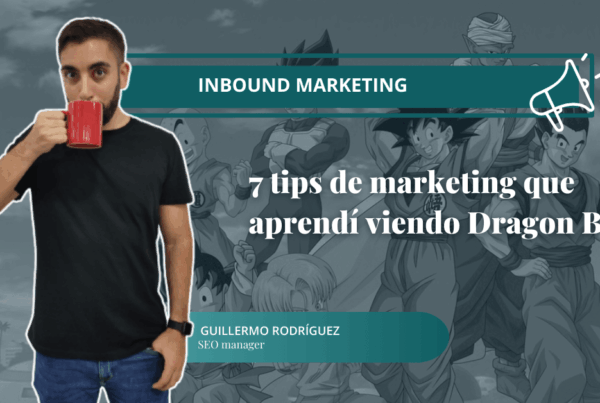If you’re involved in the world of digital marketing, you’ve probably heard the term “lead.” But what exactly is a lead, and why is it so important for your business? In this article, we’ll dive into what a lead is, how it’s generated, how it’s qualified, and how you can turn it into a loyal customer.
What is a lead?
A lead is a potential customer who has shown interest in your products or services. It’s someone who has provided their contact information, such as their name, email address, or phone number, so you can reach out and provide more information about what you offer. In other words, a lead is a potential customer who is in the first stage of the sales process.
Difference between a lead and a prospect
The terms “lead” and “prospect” are often used interchangeably. However, there’s a fundamental difference between the two. The first is someone who has provided their contact information and shown interest in your products or services, while a prospect is someone who has the potential to become a lead but has not yet shown interest.
Therefore, it’s important to distinguish between these concepts so you can focus your efforts on those most likely to become future customers.
How is a lead generated?
There are several ways to generate leads online. Some of the most popular include:
Content marketing
Content marketing is a strategy that involves creating and sharing valuable content to attract a specific audience. By providing useful content, you can attract people interested in your products or services and turn them into solid sales opportunities.
Online advertising
Online advertising, such as ads on Google or social media, is another effective way to generate leads. By creating targeted ads for a specific audience, you can attract people interested in what you offer and drive them to your website or landing page.
Email marketing
Email marketing remains one of the most effective strategies for generating leads. By collecting the email addresses of people interested in your products or services, you can send them personalized emails to keep them engaged with your brand.
How is a lead qualified?
Not all leads are the same. Some may be more interested in your products or services than others. For this reason, it’s important to qualify your leads to determine which ones are more likely to become customers.
Demographics
Demographics can be a valuable factor in qualifying leads. If your products or services target a specific demographic group, such as women over 50, you’ll want to ensure your leads also belong to that group.
Interests
The interests of your leads can also be crucial when qualifying them. If you’re offering web design services, for example, you’ll want to make sure your leads are interested in web design and not other types of services.
Behavior
Online behavior can also be an important indicator of their level of interest in your products or services. If someone has visited multiple pages on your website or downloaded several resources, they’re more likely to be interested in what you offer.
How do you turn a lead into a customer?
Once you’ve generated and qualified all potential leads, the next step is to turn them into paying customers. Here are some effective strategies you can use to retain them.
Offer a discount or promotion
Offering a special discount or promotion can be a great way to attract and convert leads into customers. A special offer might be just what they need to take the next step and make a purchase.
Personalized follow-up
A personalized follow-up is one of the most effective strategies. By sending personalized emails and tracking their level of interest, you can keep your leads engaged and turn them into long-term customers.
Free trials or demos
Offering free trials or demos of your products or services can be an effective way to demonstrate their value and convert leads into paying customers.
In this section, we provide effective strategies to turn your leads into loyal customers. The advantages of each strategy are explained, along with examples of how they can be applied in a digital marketing context.
By employing effective strategies such as content marketing, online advertising, and email marketing, you can attract people interested in your products or services. Additionally, by qualifying leads based on demographics, interests, and behavior, you can identify which ones are most likely to convert into sales. Finally, by using effective conversion strategies like special offers, personalized follow-ups, and free trials or demos, you can turn your leads into loyal customers.



